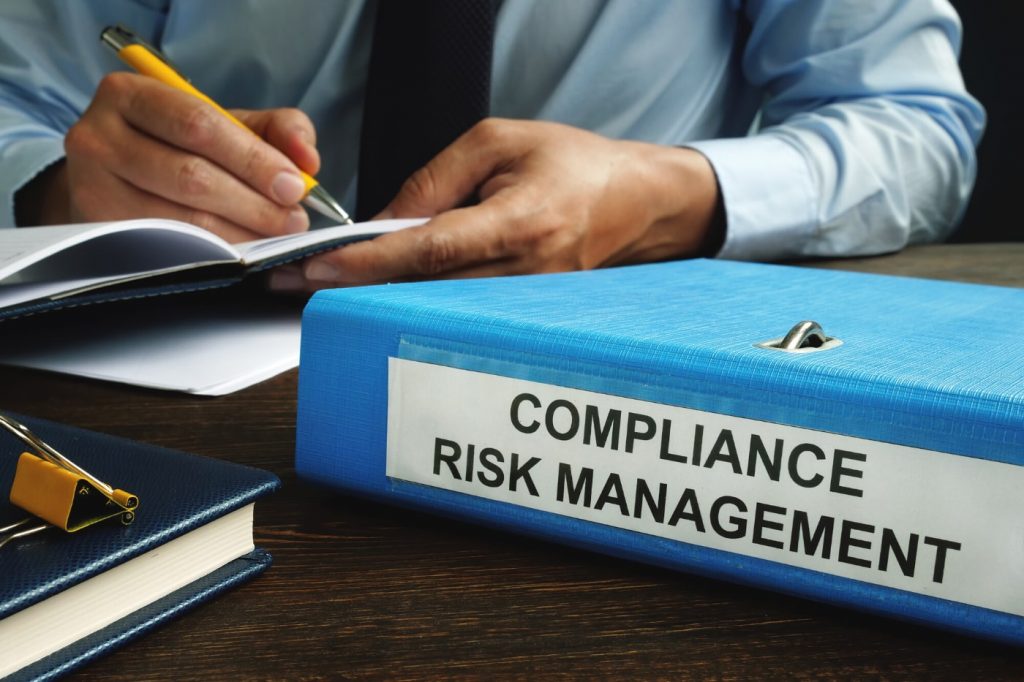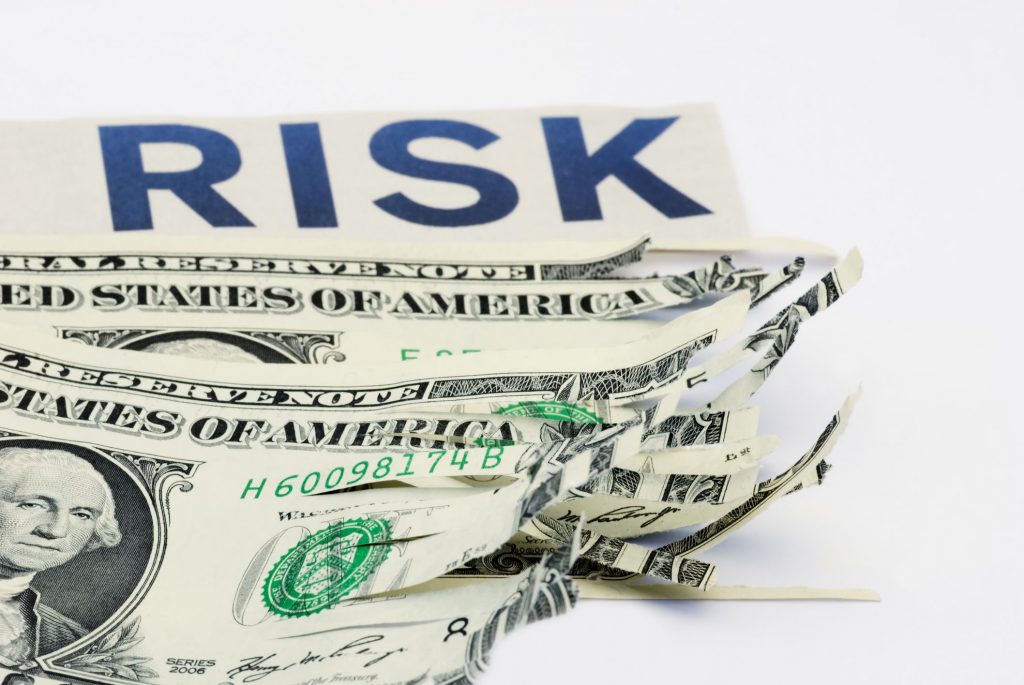As the popularity of cryptocurrencies continues to surge, many investors are left wondering: Is crypto a safe investment? The cryptocurrency market has garnered attention for its potential for high returns, but it also presents significant risks. This article aims to provide a comprehensive analysis of the safety of cryptocurrency investments, outlining the key factors to consider, the potential risks involved, and strategies to mitigate those risks.
Understanding Cryptocurrency Investments
What is Cryptocurrency?
Cryptocurrency is a form of digital or virtual currency that uses cryptography for security. Unlike traditional currencies issued by governments (often referred to as fiat currencies), cryptocurrencies operate on decentralized networks based on blockchain technology. This technology allows for transparent and secure transactions without the need for intermediaries.


The Appeal of Cryptocurrency
Cryptocurrencies have gained popularity for several reasons:
- Potential for High Returns: Cryptocurrencies, particularly Bitcoin, have shown significant price increases over short periods. For instance, Bitcoin surged from less than $1,000 in early 2017 to nearly $65,000 by April 2021.
- Decentralization: Many investors are attracted to the idea of a financial system that is not controlled by governments or banks, believing it can offer greater security against inflation and political instability.
- Diversification: Including cryptocurrencies in an investment portfolio can provide diversification, as their price movements do not always correlate with traditional asset classes.
Resource: For an in-depth overview of how cryptocurrencies work, visit CoinMarketCap.


Assessing the Safety of Cryptocurrency Investments
While the allure of potential profits is undeniable, it’s crucial to understand the risks associated with cryptocurrency investments. Here are some key factors to consider:


1. Volatility
Price Fluctuations: The cryptocurrency market is notoriously volatile, with prices often experiencing dramatic swings in a short period. For example, Bitcoin’s price can rise or fall by thousands of dollars within hours.
- Impact on Investors: This volatility can lead to substantial gains, but it also poses a risk of significant losses. Investors should be prepared for the possibility of losing a considerable portion of their investment.


2. Regulatory Risks
Government Regulations: The legal landscape for cryptocurrencies is still evolving. Different countries have adopted varying approaches, from outright bans to regulatory frameworks that allow for cryptocurrency trading and usage.
- Potential Impact: Changes in regulations can significantly impact the value of cryptocurrencies. For instance, news of crackdowns or bans in major markets can lead to sharp price drops.
Resource: For updates on cryptocurrency regulations, check out CoinDesk.


3. Security Risks
Hacks and Scams: The cryptocurrency space has been marred by security breaches and scams. High-profile hacks of exchanges and wallets have led to the loss of billions of dollars in digital assets.
- Protecting Your Investment: It is crucial for investors to understand how to secure their digital assets. Using hardware wallets, enabling two-factor authentication, and avoiding phishing scams are essential practices.


4. Lack of Consumer Protections
Unlike traditional investments, cryptocurrencies are often not insured. If a cryptocurrency exchange fails or is hacked, investors may have little recourse to recover their funds.
- Understanding Your Rights: It’s important to read the terms and conditions of exchanges and wallets and understand the risks involved in holding cryptocurrency.


Strategies to Mitigate Risks
While investing in cryptocurrencies carries inherent risks, there are several strategies investors can adopt to minimize those risks:


1. Diversification
Spreading Investments: Just as with traditional investments, diversifying your cryptocurrency portfolio can help mitigate risk. Instead of investing in a single cryptocurrency, consider spreading your investments across several promising projects.


2. Research and Education
Informed Decisions: Educating yourself about the cryptocurrency market, individual coins, and blockchain technology is crucial. Understanding the fundamentals will enable you to make informed investment decisions.
- Resources: Websites like CoinTelegraph and Investopedia provide valuable insights and educational content.


3. Start Small
Investing Wisely: For beginners, it may be wise to start with a small investment. This approach allows you to learn the market dynamics without exposing yourself to excessive risk.


4. Use Reputable Exchanges and Wallets
Security First: Always choose reputable and secure cryptocurrency exchanges for trading and storing your digital assets. Look for platforms that have a track record of security and positive user reviews.


5. Stay Updated on Market Trends
Continuous Learning: The cryptocurrency market evolves rapidly. Staying informed about the latest developments, regulatory changes, and technological advancements can help you adapt your investment strategy.


Conclusion: Is Crypto a Safe Investment?
The question of whether cryptocurrency is a safe investment does not have a simple answer. While the potential for high returns is attractive, the risks are equally significant. Volatility, regulatory uncertainties, security risks, and the lack of consumer protections are crucial factors that investors must consider.
However, with careful research, risk management strategies, and a commitment to continuous learning, investors can navigate the cryptocurrency landscape more effectively. Whether you view crypto as a speculative investment or a long-term hold, it is essential to invest only what you can afford to lose and to stay informed about market developments.
In summary, cryptocurrency investments can be both rewarding and risky. By understanding the landscape and employing sound investment strategies, you can position yourself for success in this exciting, albeit unpredictable, market.
